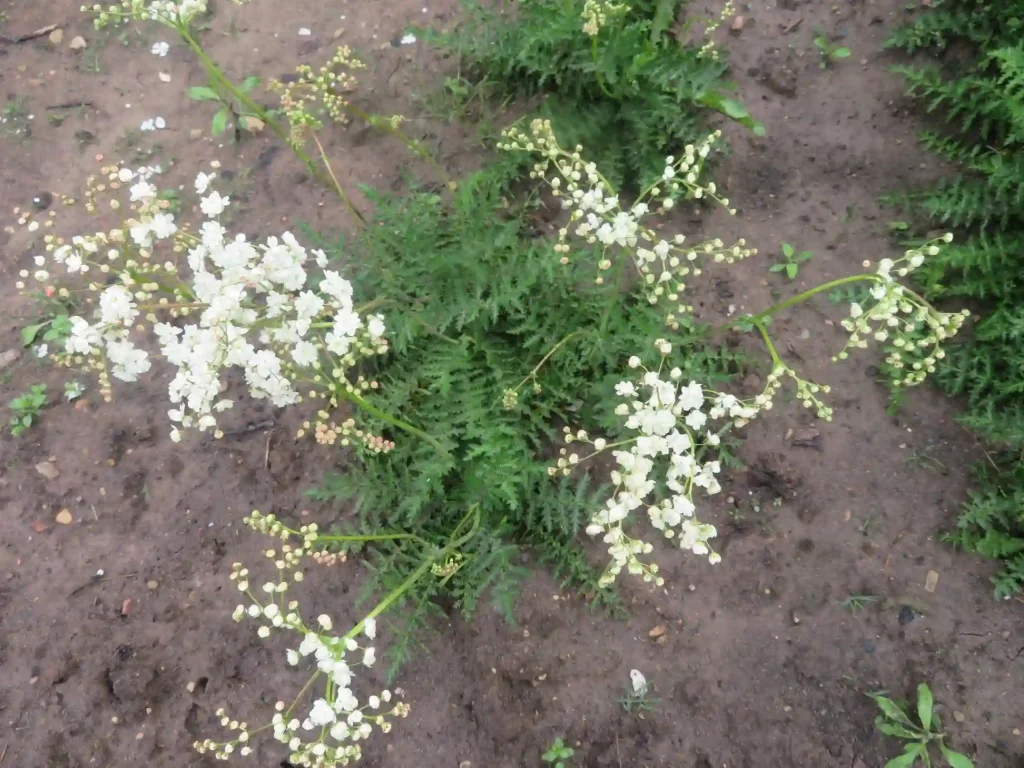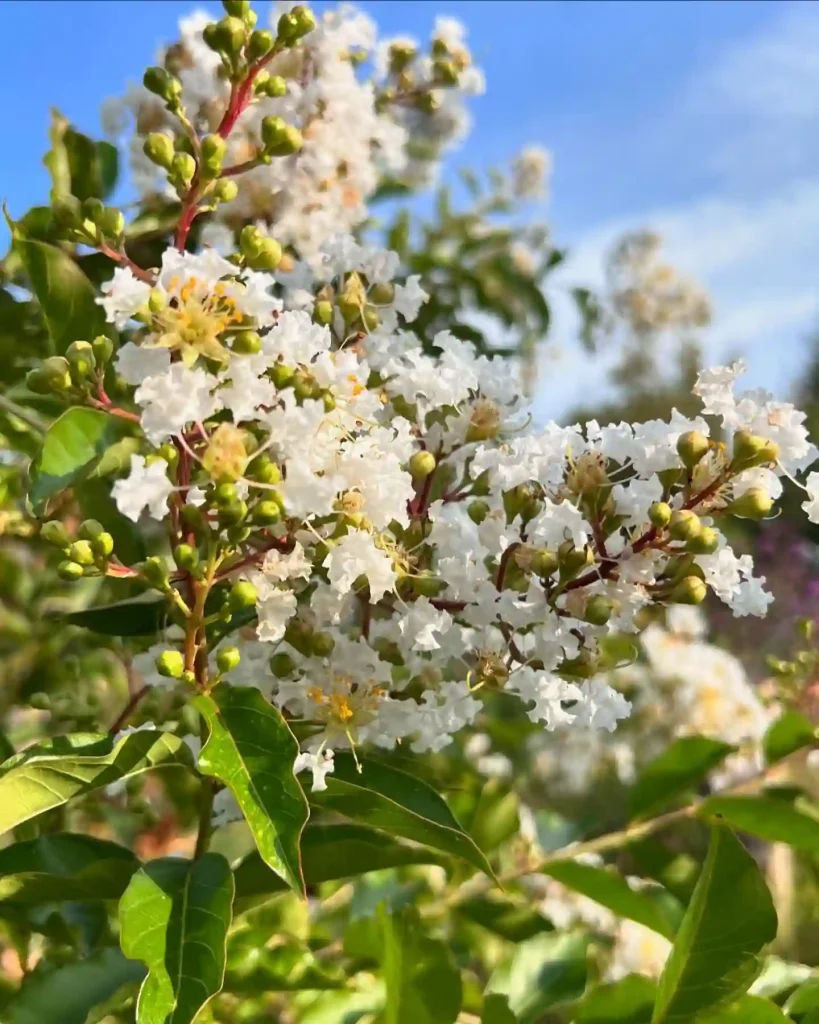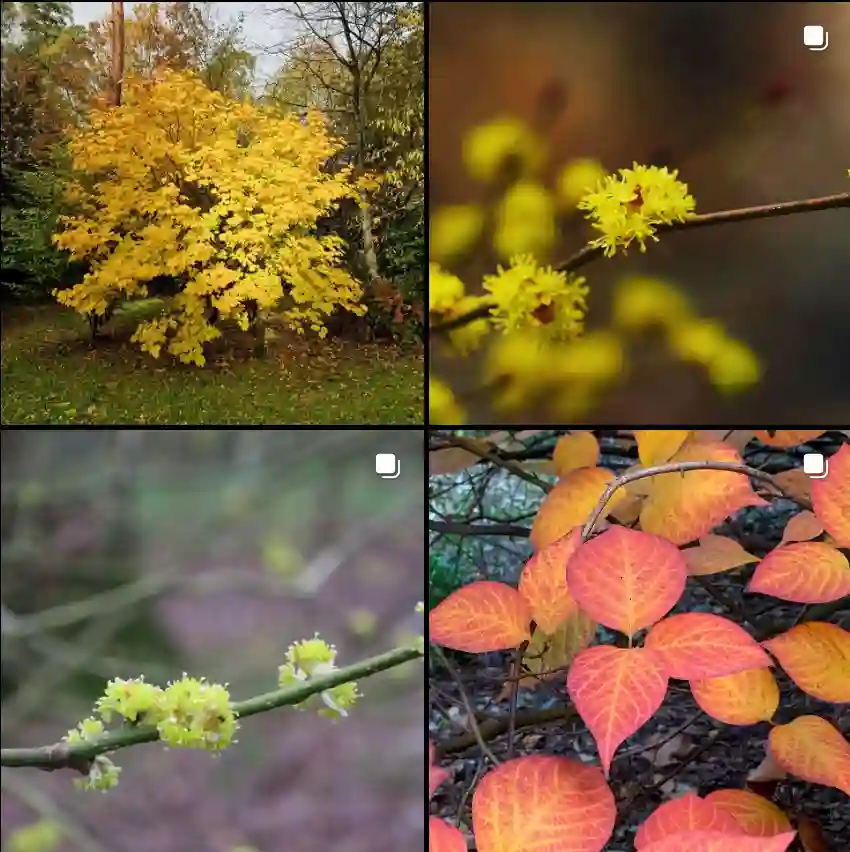Ceanothus Thyrsiflorus: Everything You Need to Know
I’ve been exploring Ceanothus Thyrsiflorus, also known as the Blueblossom, and it’s quickly become one of my favorite shrubs. If you’re considering adding this beautiful plant to your garden, you might have some questions. I’ll address the most common ones and share what I’ve learned from my experiences.
73 Species in Genus Ceanothus
Can Ceanothus Thyrsiflorus Grow in Texas?
Ceanothus Thyrsiflorus, with its vibrant blue blooms and glossy leaves, is native to California and thrives in Mediterranean climates. Texas, with its diverse climate zones, presents a challenge for growing this plant. In general, Ceanothus Thyrsiflorus prefers cooler coastal areas. However, if you’re in the northern or higher elevation parts of Texas, you might have some success. Just be mindful of the intense heat and humidity in other parts of the state. In areas with harsher conditions, it might be best to choose a more heat-tolerant variety or provide extra care to help it adapt.
How to Care for Ceanothus Thyrsiflorus?
Ceanothus Thyrsiflorus requires well-draining soil to flourish. It doesn’t tolerate heavy clay or wet conditions well. Plant it in full sun for the best flowering results. Watering should be done sparingly once established, as this plant is drought-tolerant. Overwatering can lead to root rot. Fertilizing isn’t usually necessary, but if you want to boost growth, a light application of a balanced fertilizer in spring can be beneficial.
How to Prune Ceanothus Thyrsiflorus?
Pruning Ceanothus Thyrsiflorus is essential for maintaining its shape and health. The best time to prune is immediately after the blooming period, usually in late spring or early summer. This timing helps prevent the removal of next year’s buds. I’ve found that light, annual pruning helps to keep the plant compact and encourages more blooms. If you need to do more substantial pruning, be sure to do it sparingly and avoid cutting into old wood, as this can inhibit new growth.
When to Prune Ceanothus Thyrsiflorus Repens?
Ceanothus Thyrsiflorus Repens, a more compact variety of the Blueblossom, benefits from a similar pruning schedule. The ideal time to prune is right after its blooming cycle. This helps to ensure that you’re not cutting off potential flowers for the next season. For the Repens variety, which grows more as a groundcover, light pruning can help maintain its spread and prevent it from becoming too unruly.
Where to Buy Ceanothus Thyrsiflorus?
Finding Ceanothus Thyrsiflorus can be a bit of a quest, but it’s worth it. I’ve had the best luck at specialty nurseries that focus on native and drought-tolerant plants. Online retailers can also be a good source, but always check for customer reviews and ratings to ensure you’re buying from a reputable source. Some larger garden centers may also carry this plant seasonally. If you’re struggling to find it locally, joining local gardening clubs or online forums might connect you with others who have sources or cuttings.
How to Propagate Ceanothus Thyrsiflorus?
Propagating Ceanothus Thyrsiflorus is relatively straightforward. I’ve successfully propagated it from both seeds and cuttings. For seeds, stratification (chilling the seeds) before planting can help improve germination rates. If you’re using cuttings, take them in late summer from new growth, and use a rooting hormone to help them establish roots. Keep the cuttings in a warm, humid environment until they develop a strong root system.
What to Plant With Ceanothus Thyrsiflorus?
Companion planting with Ceanothus Thyrsiflorus can enhance its beauty and health. I like to pair it with other drought-tolerant plants such as Lavender, Rosemary, or Sage. These companions not only complement the Blueblossom’s vibrant color but also share similar water and sunlight needs. For a more varied garden, consider adding some ornamental grasses or succulents to contrast with Ceanothus’s dense foliage and flowers.
Is Ceanothus Thyrsiflorus Toxic?
Ceanothus Thyrsiflorus is generally considered non-toxic to humans and pets. However, it’s always wise to keep an eye on pets that might chew on plants, as they could experience minor digestive upset from ingesting plant material.
Common Problems and Solutions
One common issue with Ceanothus Thyrsiflorus is powdery mildew, particularly in humid climates. To combat this, ensure good air circulation around the plant and avoid overhead watering. Another problem is root rot, which is usually due to poor drainage. Make sure your planting area has well-draining soil and consider raised beds if drainage is an issue.
Compare with Similar Plants
Ceanothus Thyrsiflorus is often compared with Ceanothus ‘Concha’ and Ceanothus ‘Dark Star’. While all three have stunning blue flowers, ‘Concha’ is known for its larger, more dense blooms, and ‘Dark Star’ features a more compact growth habit. Each variety has its own charm, but if you’re looking for a plant with a sprawling growth habit, Ceanothus Thyrsiflorus might be your best bet.
I hope this guide helps you get started with Ceanothus Thyrsiflorus in your garden. It’s a remarkable plant with its striking blooms and adaptable nature, and with a bit of care, it can become a standout feature in your outdoor space.
If i die, water my plants!



